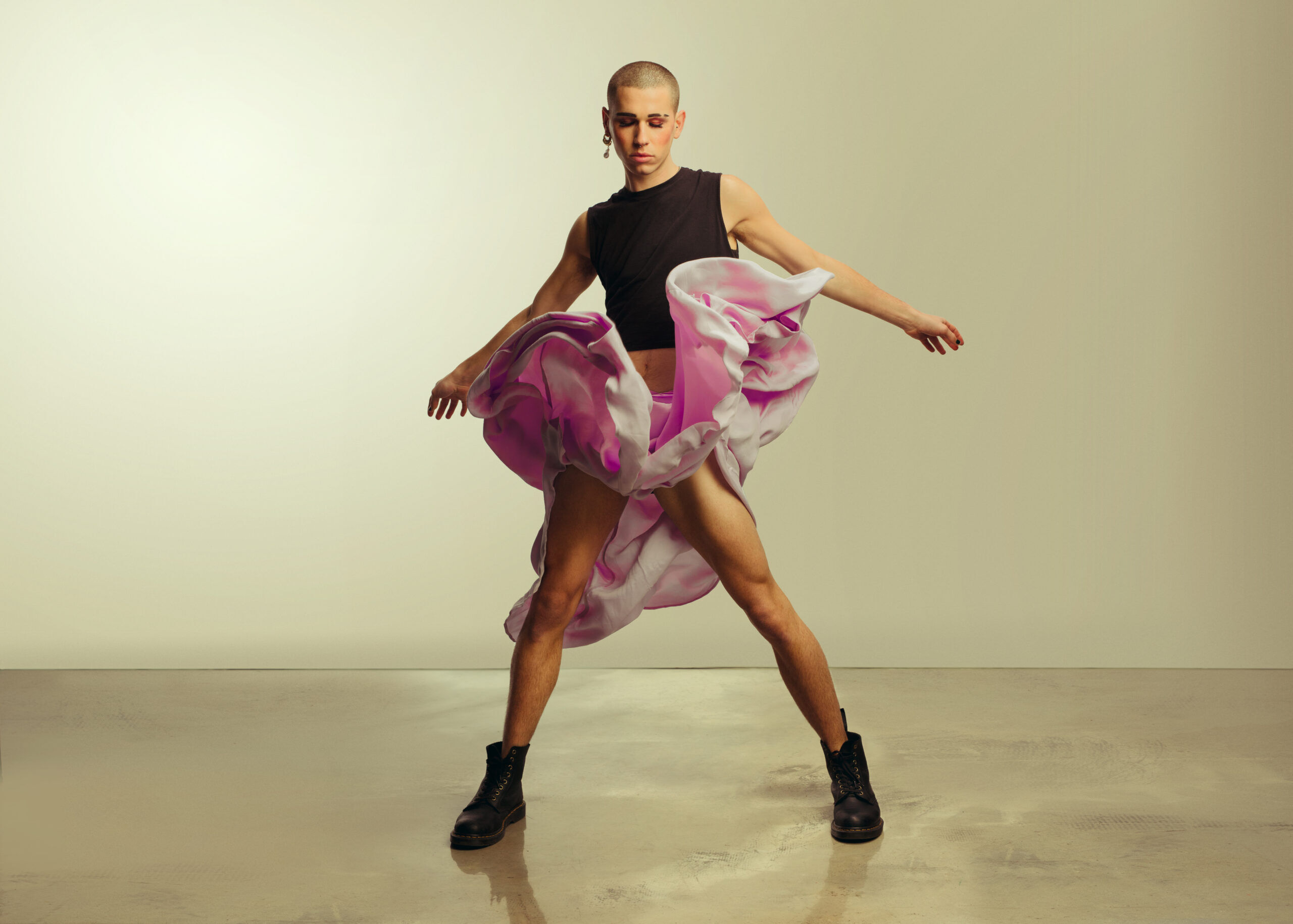The term “androgynous” is derived from the ancient Greek “andr-,” meaning man, and “gyne-,” meaning woman. In its simplest form, it refers to having both male and female characteristics. Yet, this definition only scratches the surface of what it means to be androgynous.
In the broader context of the LGBTQ+ community, androgyny often serves as a powerful mode of gender expression, allowing individuals to challenge traditional gender norms and create a more fluid and inclusive understanding of identity.
The history of androgyny
The concept of androgyny dates back to ancient civilizations such as Greece, Rome, and Egypt. In many cultures, gods and goddesses were depicted as being both male and female, representing the duality of gender. Androgynous figures were also present in literature, art, and mythology, further solidifying the idea that gender is not strictly binary.
In modern times, androgyny gained significant attention during the 20th century when fashion icons such as David Bowie and Grace Jones challenged traditional gender norms with their fluid and non-conforming styles.
Understanding gender expression
Gender expression refers to how an individual presents themselves to the world through their appearance, behavior, and mannerisms. It is an outward expression of one’s gender identity and can vary greatly from person to person.
Androgyny is just one form of gender expression, alongside masculinity, femininity, and many others in between. It allows individuals to reject societal expectations and express themselves authentically without conforming to traditional gender roles.
Gender expression differs from sexual orientation, which refers to an individual’s romantic and/or sexual attraction to others. While gender expression can play a role in how someone identifies their sexuality, it is not the sole determining factor.
The term is also independent of an individual’s assigned sex at birth. Someone can identify as androgynous regardless of the sex they were assigned at birth or their gender identity.
The androgynous spectrum
It is essential to note that androgyny exists on a spectrum, with varying degrees of masculinity and femininity. Some individuals may identify as completely androgynous, while others may possess more male or female traits but still reject the strict gender binary.
Androgyny also intersects with other aspects of identity such as sexual orientation, race, and class, making it a complex and multifaceted concept.
Androgyny in the LGBTQ+ community
Androgyny plays a significant role within the LGBTQ+ community. It allows individuals to break free from societal expectations and find acceptance within a more diverse understanding of gender identity.
Many queer and transgender individuals embrace androgyny as a way to express their gender identity, especially those who identify outside the traditional gender binary.
Stereotypes and assumptions about androgynous people
Identifying as androgynous in a society that is predominantly binary can come with its challenges. Like any form of gender expression, androgyny is often met with stereotypes and assumptions.
Many people believe that androgynous individuals are confused about their gender identity or trying to be rebellious. Other stereotypes about androgynous people include:
- That androgynous individuals are inherently gay or bisexual, an assumption that conflates gender identity with sexual orientation.
- That androgyny is a phase or a trend, undermining the authenticity of people’s gender identities.
- That being androgynous equates to being transgender or non-binary, ignoring the fact that these are separate aspects of gender identity, and one does not necessarily imply the other.
- Associating androgyny strictly with physical appearance, negating the fact that it’s a broader concept involving identity and personal expression.
These harmful stereotypes and assumptions only serve to perpetuate narrow views of gender and limit self-expression.
Related
Androgynous icons and role models
Despite the misconceptions, androgynous individuals have been breaking barriers and paving the way for more inclusive understandings of gender. Some notable figures include:
- RuPaul– A drag queen, actor, model, singer, and television personality who challenges traditional notions of masculinity and femininity.
- Janelle Monáe– A musician, actor, and activist who embraces fluidity in their gender expression through their music and fashion.
- Tilda Swinton– An actor known for her androgynous style, both on and off-screen.
- Prince– The late singer and musician, whose gender-bending fashion and music influenced generations.
And also David Bowie and Grace Jones, as mentioned earlier, who paved the way for androgyny in mainstream media.
RelatedThese ladies of the 90’s were playing with gender in ways that make us nostalgic AF.
Embracing androgyny
At its core, androgyny is about rejecting societal norms and embracing authenticity. It has a rich history dating back to ancient civilizations and continues to serve as a powerful form of self-expression within the LGBTQ+ community.
By understanding and embracing androgyny, we can create a more inclusive and accepting society for all individuals to express their gender authentically.
Subscribe to the INTO newsletter for more content on gender and identity.













